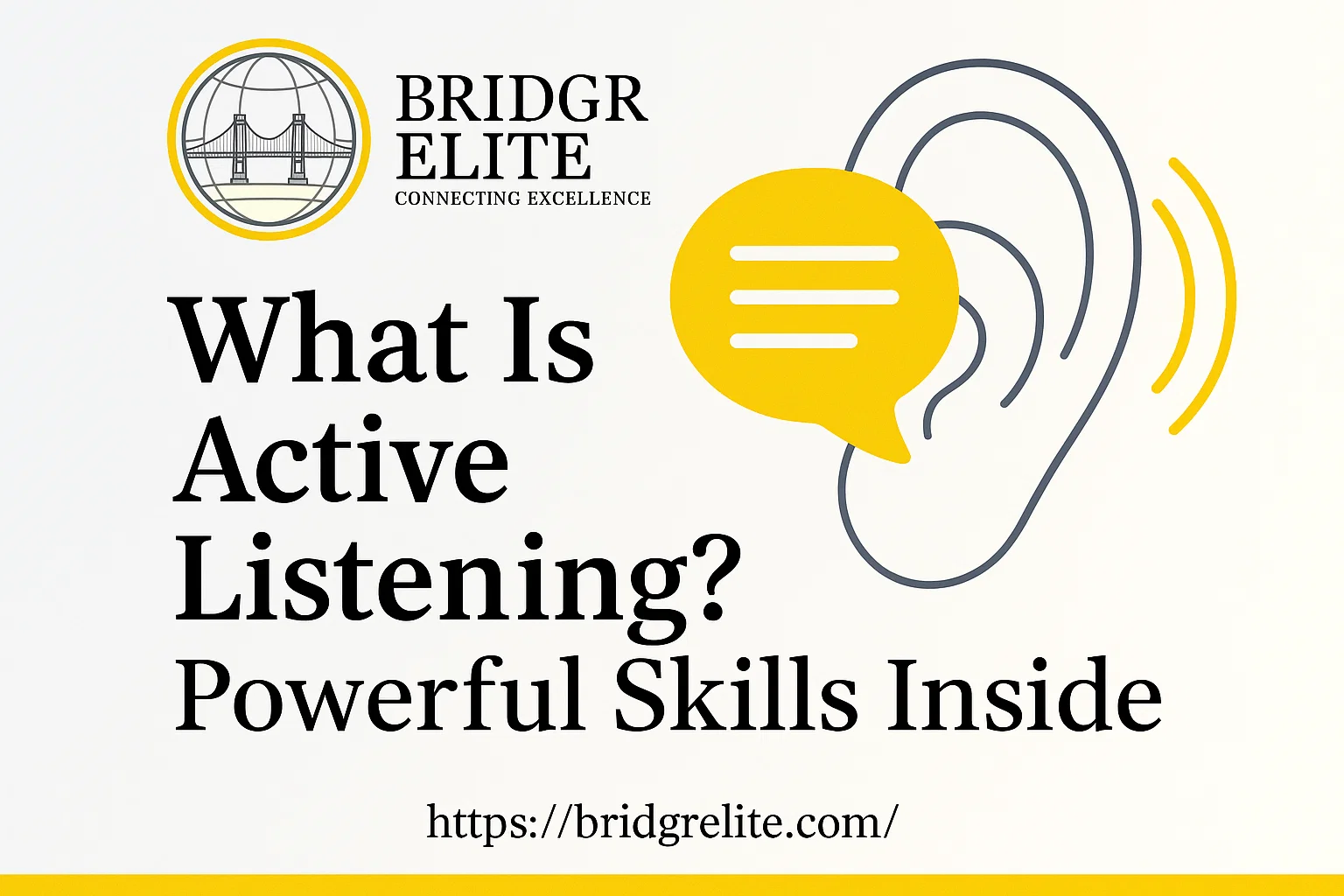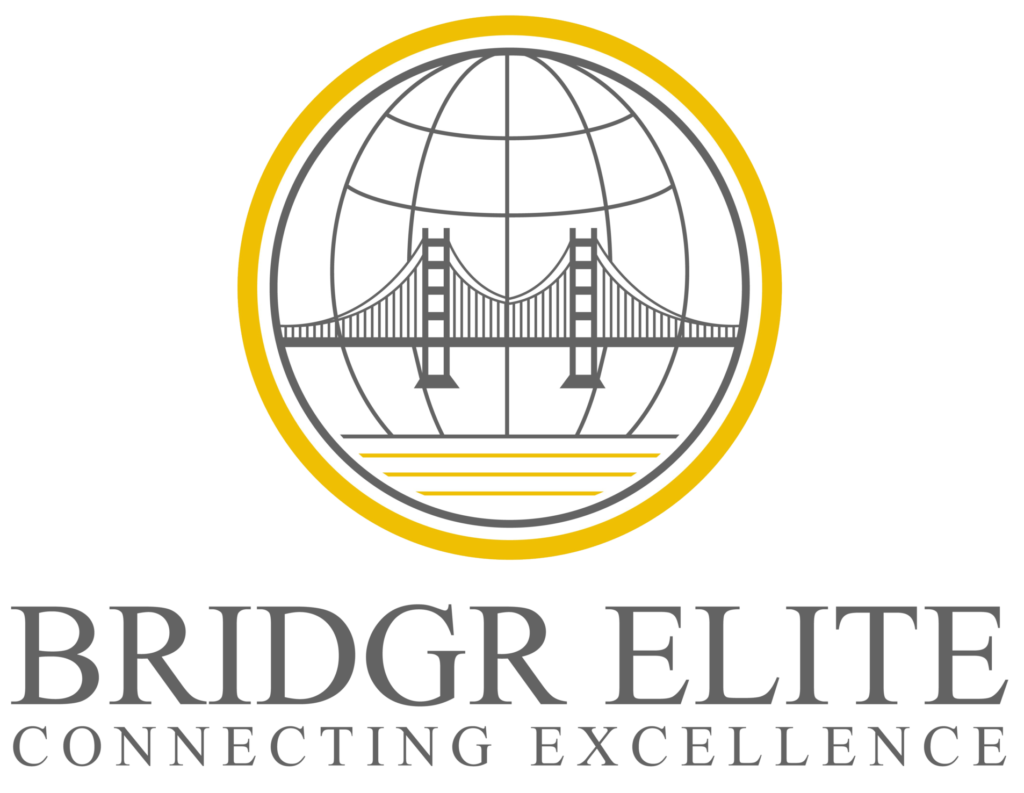
In today’s fast-paced and profoundly competitive commerce environment, compelling communication is pivotal for conveying exceptional client benefit. One of the most effective communication devices is dynamic tuning in. Whether you’re a call centre operator, client benefit agent, or director, acing dynamic tuning in can significantly improve the quality of your interactions with clients and lead to higher fulfilment levels.This web journal will investigate dynamic tuning-in, its role in improving client benefit quality, and how to create and enhance your tuning-in abilities to create better client experiences.
Active listening is a communication strategy that includes entirely centring, understanding, and reacting to the speaker in a way that illustrates consideration and comprehension. Unlike inactive tuning-in, where the audience listens to the words but doesn’t lock in or handle them completely, dynamic tuning-in requires engagement and empathy. In a dynamic tuning-in situation, the audience not only retains the message but also reflects it back to the speaker, guaranteeing that the message has been caught on. This handle creates a two-way exchange where both parties feel listened to and valued with BPO services in Uk.
In a contact centre, active listening is essential expertise for client benefit specialists. When specialists hone dynamic tuning in, they can react more precisely and empathetically to client requests, complaints, or issues. This communication makes a difference in resolving problems more effectively and guarantees that clients feel caught on and respected with telemarketing services in uk. Active listening in a contact centre goes beyond fair hearing the customer’s words. It includes deciphering the enthusiastic tone behind those words and using follow-up questions to clarify issues with IT support service uk. For example, if a client communicates dissatisfaction, an operator ought not to address the issue but recognize the client’s enthusiastic statement by utilizing sympathetic language.
Active tuning in is one of the key drivers of fabulous client benefit. Here are a few reasons why dynamic tuning in is essential:
When clients feel listened to, they’re more likely to believe the brand and feel sure of the benefit they are getting. This belief is the establishment of any enduring client relationship. Dynamic tuning makes a difference, creating a passionate association between the client and the agent and cultivating a positive experience through administrative services in uk.
By effectively tuning in, client benefit agents can reveal the genuine issues that clients are confronting. This more profound understanding empowers them to make more viable and focused arrangements, decreasing the chance of encouraging issues down the line with customer support services uk.
When clients feel like their concerns are being tended to legitimately, they are more likely to leave the interaction feeling fulfilled. Active listening can guarantee that client complaints are completely caught on and handled to meet their expectations with the B2B Customer Service Strategy Guide.
Active listening may recover guarantees that communication is clear and brief, helping operators maintain a strategic distance from errors and superfluous back-and-forth. This leads to quicker resolutions and more beneficial discussions, which benefits both the client and the business. Also try cold calling script templates to get help.
Improving your dynamic tuning abilities can drastically improve your client’s intelligence. Here are a few tips to offer assistance to you to be a superior dynamic listener:
Ensure you give the client your full consideration during the interaction. This implies avoiding distractions like checking emails or looking at your phone while the client is talking. Remain present in the discussion and keep up eye contact if you’re talking face-to-face or on a video call.
Let the client wrap up talking. Sometime recently, you reacted. Hindering can make clients feel unheard and baffled. Hone tolerance and permit them to express their concerns completely. Sometime recently, you offered arrangements or explanations.
After the client has finished talking, reword or summarize their message to guarantee you’ve caught their concern. For example, you may say, “Let me make sure beyond any doubt I get it—you’re saying that…
Open-ended questions energize the client to expand on their issues and provide more nitty-gritty data. This not only makes a difference—you get the circumstance way better—but also appears to the client that you’re really interested in finding an arrangement. For example, “Can you tell me more about the issue you’re experiencing?
Empathy is a central component of dynamic tuning. Recognize the customer’s sentiments, particularly if they are disappointed or disturbed. For example, you might say, “I get how that circumstance would be disappointing, and I’m here to offer assistance in resolving it. Or try after call work in call center.
Improving tuning in aptitudes for client benefit requires steady home and self-awareness. Here are a few methodologies you can use:
Active tuning in is an essential part of upgrading client fulfilment. By tuning in, you can tailor your reactions to meet the customer’s particular needs. This personalized approach illustrates that you esteem the customer’s time and input, which goes a long way in building positive relationships. Moreover, by effectively listening to your clients, you can avoid minor issues from turning into major ones, making strides in general client maintenance and loyalty.
Active listening is a crucial communication aptitude that can upgrade the quality of client benefits. By tuning in mindfully and empathetically, client benefit agents can make more grounded associations with clients, resolve issues more productively, and make strides in general client fulfilment. Whether working in a contact centre, retail, or any other service-oriented environment, dynamic tuning in will help you stand out and construct enduring connections with your clients.
Contact us today and discover the best arrangements for your business.










Active tuning includes centering entirely on the customer’s words, understanding their needs, and reacting empathetically. It plays a pivotal part in moving forward client benefit by cultivating better communication, building compatibility, and guaranteeing that the client feels caught on and valued.
In a contact centre, dynamic tuning implies completely understanding the customer’s concerns, translating the tone of their voice, and utilizing follow-up questions to clarify their needs. It empowers operators to give personalized and viable arrangements, increasing client satisfaction.
Active listening is imperative for client benefit since it improves agents’ recognition of the root cause of issues, decreases mistaken assumptions, improves effectiveness, and upgrades client fulfilment. It also builds belief and affinity between the client and the brand.
To move forward, tune in aptitudes, hone mindfulness, maintain a strategic distance from distractions, and centre on the customer’s needs. Summarizing their concerns, asking open-ended questions, and appearing compassionate are essential strategies to improve tuning skills.
The part of active listening client benefit is guaranteeing that client concerns are completely caught on and tended to. This leads to much better problem-solving, makes a positive, enthusiastic association with the client, and cultivates dependability by making clients feel esteemed and heard.
At Bridgr Elite, we are dedicated to elevating your business by connecting you with top-tier BPO, digital marketing, and accounting services. Our mission is to facilitate seamless integrations that not only meet but exceed your operational and marketing expectations.
info@bridgrelite.com
+44 2034758212
Bridgr Elite 4 Holly Crescent Woodford Green, Essex IG8 9PD
WhatsApp us

We’ll send you emails with advice. tips, and trends, plus company insights and growth oppertunities.